Содержание
- 2. Harpa was designed by the Danish firm Henning Larsen Architects in co-operation with Danish-Icelandic artist Olafur
- 3. Harpa has received recognition for its stunning exterior design, which was inspired by the crystallised basalt
- 4. The Centre features an arrival- and foyer area in the front of the building, four halls
- 6. Harpa was originally part of a redevelopment of the Austurhöfn area in Reykjavík, which was partially
- 8. Скачать презентацию
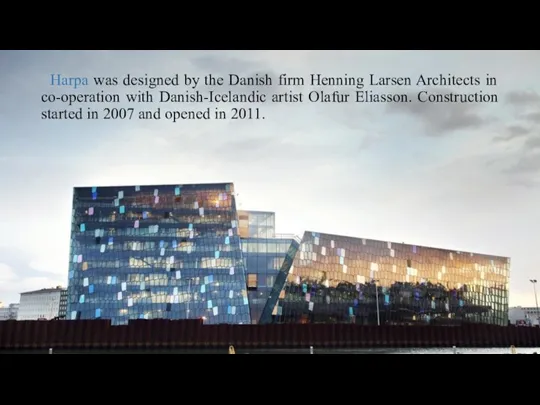
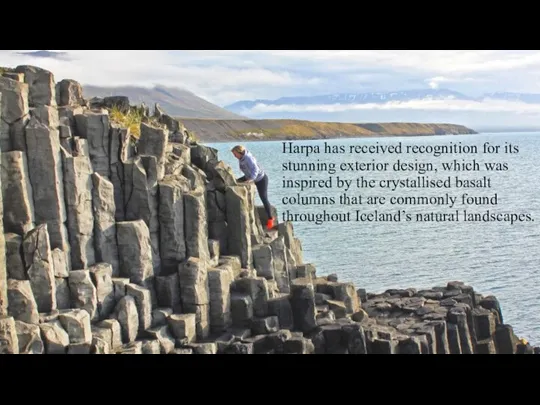
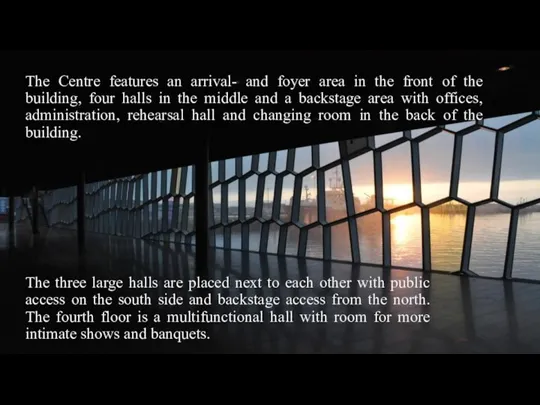
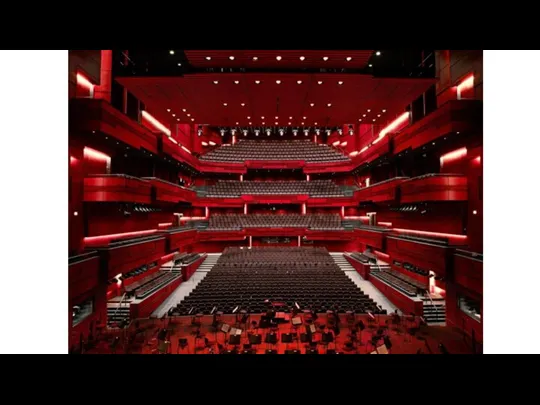
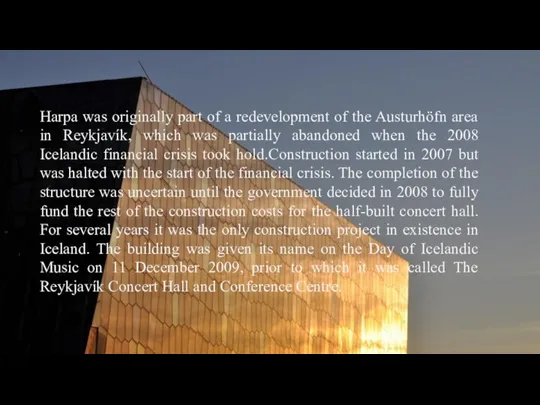
 СИСТЕМА ДИСТАНЦИОННОЙ ПОДГОТОВКИ к сдаче экзаменов в форме ЕГЭ и ГИА «СТАТГРАД»
СИСТЕМА ДИСТАНЦИОННОЙ ПОДГОТОВКИ к сдаче экзаменов в форме ЕГЭ и ГИА «СТАТГРАД» История фотографии от начала создания и по наши дни
История фотографии от начала создания и по наши дни Акварель по сырому
Акварель по сырому Планировка жилого дома. Интерьер жилого дома
Планировка жилого дома. Интерьер жилого дома IST-114_Храпунов_Н_А_Межкультурные основы
IST-114_Храпунов_Н_А_Межкультурные основы Електромеханика
Електромеханика Презентация на тему Опухоли печени. Хирургические методы лечения
Презентация на тему Опухоли печени. Хирургические методы лечения  Стишки и загадки про цифры
Стишки и загадки про цифры Pest-анализ компании Вимм Билль Данн
Pest-анализ компании Вимм Билль Данн Современные машиностроительные технологии
Современные машиностроительные технологии Олимпиада по компьютерной графики
Олимпиада по компьютерной графики Презентация на тему Трафальгарская площадь
Презентация на тему Трафальгарская площадь Кавказский пленник
Кавказский пленник The Crescenzago microdistrict reconstruction (Milan city, Italy): the Methodology of the competitive designing
The Crescenzago microdistrict reconstruction (Milan city, Italy): the Methodology of the competitive designing Электрогорский институт нефтепереработки ЭлИНП
Электрогорский институт нефтепереработки ЭлИНП Действия с рациональными числами
Действия с рациональными числами Гамма-каротаж интегральный (ГК) 2. Гамма-каротаж спектрометрический (ГК-С)
Гамма-каротаж интегральный (ГК) 2. Гамма-каротаж спектрометрический (ГК-С) ИГРАЮТ ЛИ ВАЖНУЮ РОЛЬ СИЛЬНЫЕ РАЗРЫВЫ ПЛОТНОСТИ В ДИНАМИКЕ СОЛНЕЧНО-ЗЕМНЫХ СВЯЗЕЙ ?
ИГРАЮТ ЛИ ВАЖНУЮ РОЛЬ СИЛЬНЫЕ РАЗРЫВЫ ПЛОТНОСТИ В ДИНАМИКЕ СОЛНЕЧНО-ЗЕМНЫХ СВЯЗЕЙ ? Презентация на тему Киндер-неваляшки
Презентация на тему Киндер-неваляшки Изобразительные приемы и техники
Изобразительные приемы и техники kotler_pom17e_ppt_08 (1)
kotler_pom17e_ppt_08 (1) Психофизиологические основы патологических процессов лежащих в основе употребления ПАВ
Психофизиологические основы патологических процессов лежащих в основе употребления ПАВ Возрастная психология как наука
Возрастная психология как наука Туры Фрирайд. Лужба. Поднебесные зубья
Туры Фрирайд. Лужба. Поднебесные зубья Персонал предприятия как объект управления
Персонал предприятия как объект управления  Путешествие в страну щелочных металлов
Путешествие в страну щелочных металлов Презентация на тему Семья и семейные ценности
Презентация на тему Семья и семейные ценности  Основные правила и формальности международных путешествий
Основные правила и формальности международных путешествий